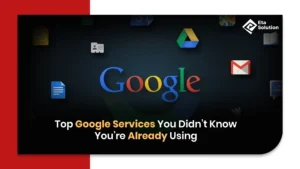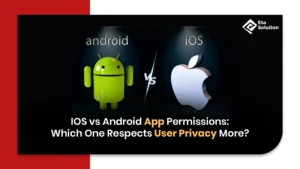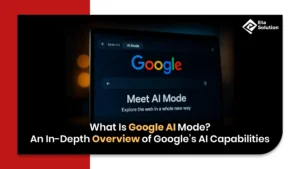
Creating People-First Content with Google E-E-A-T Principles
Why putting humans before algorithms could be your most powerful SEO move in 2025
When was the last time you googled something, clicked the first result, and bounced off a matter of seconds later? Probably not long ago. That’s what happens when content is made for algorithms instead of real people.
Now imagine this instead: a user arrives at your site, reads the whole page, subscribes, bookmarks, and sends it to their whole team. That is the power of people-first content made using Google’s evolving E-E-A-T framework – critically important, especially if you are a top digital marketing agency in India working with a global audience.
Over the years 2025 and after, Google will care less about content that is heavily optimized and more about content that is authentic, trustworthy, and engaging. Let’s see how this can be achieved.
1. Understanding Google E-E-A-T Framework
What is E-E-A-T?
- E-E-A-T is an acronym for Experience-based Expertise Authority Trustworthiness. These four become a yardstick that Google uses to determine the content quality, especially something that touches on a really sensitive issue, towards health, wealth, happiness, or life decisions of a reader. And Google is applying, or at least trying to apply, E-E-A-T on any content, from any industry, whether it is dealing with YMYL issues or not.
- Being based in ‘experience’ means the content creator has some relevant first-hand experience with the subject matter. A review of a specific product, by someone who has actually used that specific product, is likely to rank higher and be considered of higher quality than a generic description of the product.
- ‘Expertise’ means that the content demonstrates a depth and accuracy of knowledge of the topic. This could be through data, original insights, or previous success on that specific topic.
- Using ‘authoritativeness’ refers to the notoriety and respectability of the creator or site, regarding that field of content.
- ‘Trustworthiness’ has to do with reliability. Is the content reasonable, candid, and factual? Are there citations? Are the facts and claims evidenced by facts?
Why is E-E-A-T needed for SEO principles and the user experience?
Pages that are built E-E-A-T improve the relationships created with users. In a recent update by Google, sites that were seen as having true experience and a human voice were rewarded and this increased their visibility. A high E-E-A-T score will lead to a lower bounce rate, higher dwell time, and higher conversion rates.
What change came from E-A-T to E-E-A-T?
The transition from E-A-T to E-E-A-T shifts the focus of analyzing content from “authority” and “trustworthiness” to “experience.” Google Ranking Factors are promoting content that feels more “lived-in.” A travel blog from someone who actually visited the city will rank higher than a blog from Tourism Vancouver that is randomly written about the city of Vancouver. This is a big win for creators who are trying to tell their stories, based on case studies, to offer authenticity.
How to Build E-E-A-T into Your Content Creation Process
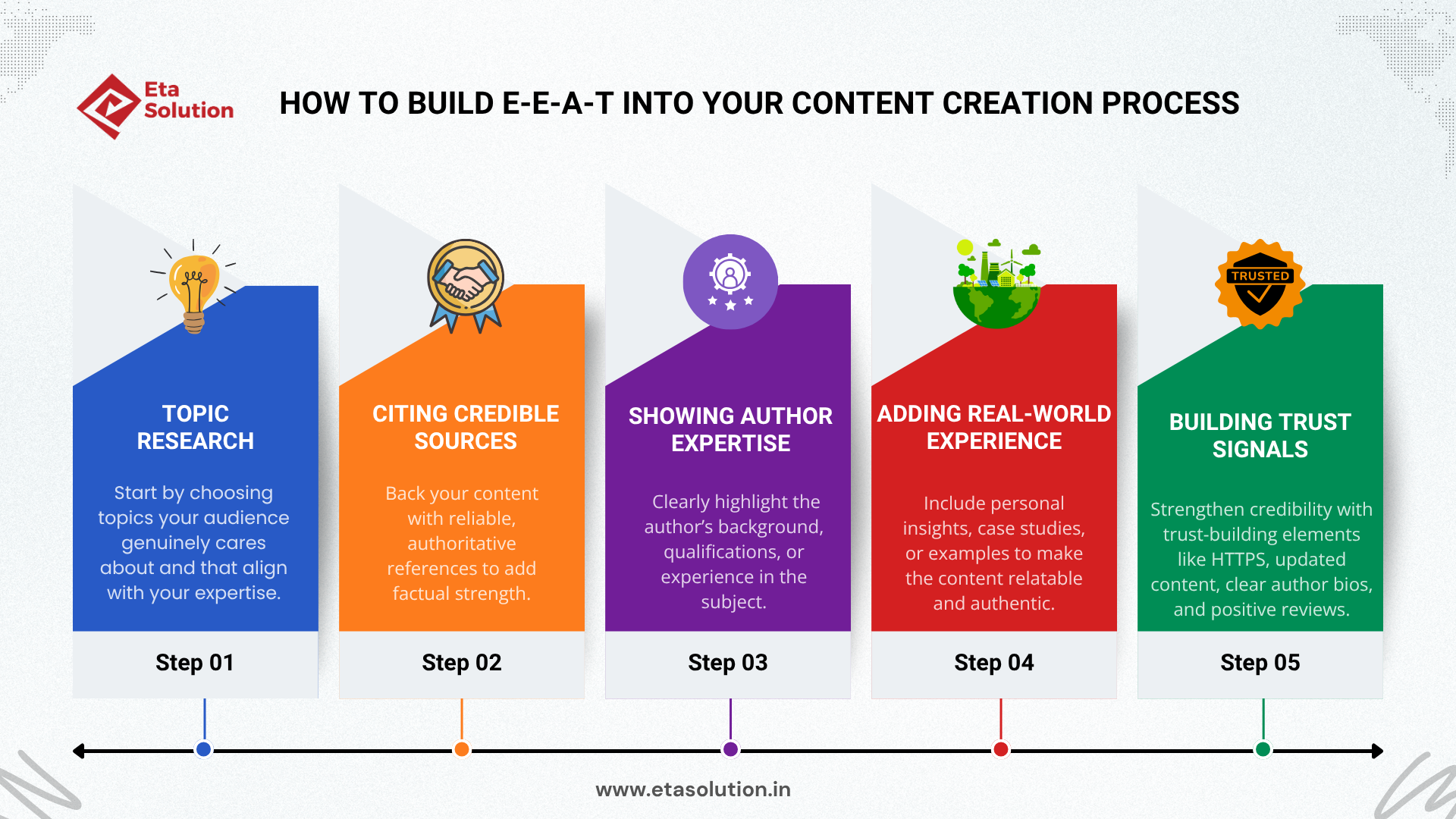
2. Create People-First Content
People-first content doesn’t just mean stuffing keywords – it means writing as if you are having a conversation with the person that is reading your content.
Start with understanding what the person reading your content really cares about – this means answering their questions, anticipating their concerns, and writing in a tone and structure that is personal.
Instead of wasting their time by providing filler content or filling it with keywords, give data, insight, and context. Write in short paragraphs with obvious headings, and write in natural language that sounds like a normal conversation. Think about the people who are scrolling at midnight, on their phone. You are writing to – and for – that person, in a helping way. LinkedIn and YouTube are rewarding authentic content already, and Google is slowly beginning to change as well.
3. Demonstrate Expertise in Your Content
Expert & expertism is more than jargon, but it shows you know more than jargon. Showing it through action, clarity, and value. Do not just say you are a marketing expert. Show it. Post an example of a campaign you ran, the results, and the thinking behind the results. Include real metrics, real screenshots, and real timelines – that is what distinguishes expert content from the junk AI will write.
Author bios are helpful, too. A few sentences about the author’s background and credentials, or experience, add context and confidence. Finally, only use credible information. Provide links to data that is current, reputable, and relevant. Statistics from five years ago to show one point are quickly undermined by putzing around with data that looks stale.
4. Experience for Authenticity
Your experience is your secret weapon – Google is now rewarding content that demonstrates the author has breathed it all in.
Let’s say you’re a top digital marketing agency in India. There are many content options available to you; instead of a generic piece about email marketing, write about a campaign executed by your team for a client in the hospitality industry. Share the open rate before and after the testing methods, and what surprised you about the results.
Even if you just said, “When we ran this strategy, for a Bangalore-based SaaS company…” gives so much additional color and authenticity that AI can not replicate. You can also include direct quotes from your team, screenshots, testimonials, direct quotes, and behind-the-scenes takes. These are gold to Google.
5. Establish Authority in Your Niche
Authority takes time to build. It will continue to develop as others produce content referencing your work, when more people begin to mention your brand, and once other leaders in your community recognize your work.
To begin your journey, guest post on credible industry blogs, get on marketing podcasts, and contribute to relevant niche forums. This will indicate to Google that you are a credible reference for your industry.
Remember the technical indicators too; this is all about using structured data, internal linking, or schema markup to help Google make links between your work and your broader landscape.
Ongoing thought leadership content, through LinkedIn threads, webinars, or reports will solidify your brand as an authority.
6. Integrity in a grey area
Principle number one is trust. A single bit of suspect, questionable, or misleading information can destroy trust.
So, how do we build trust? Ensure that anything you publish is accurate and worthy of the collective thought that went into it. Have it reviewed, at minimum, by another person. Pay attention to the date published. Include acknowledgements, references, and/or sources when appropriate.
Conduct business in a safe and secure way, including using HTTPS as a false sense of security, but it is better than nothing. Include author bios. Include third-party reviews or testimonials. If your content credibility is sponsored or promotional, disclose it.
Being transparent is a good thing to do, but it is also an intentional tactic. Your tone matters, though probably more than you think. Yes, avoid the nonsense, hype, and fraudulent-ness. Your audience deserves it when you show up as clear, honest, and respectful.
7. Use E-E-A-T across all content formats
E-E-A-T isn’t just for blogs! You can leverage it in every format. On landing pages, be sure to use actual customer testimonials and case studies showing experience. Use trust badges and press mentions to show authority.
On product pages, use user-generated content, actual Frequently Asked Questions, and how-to videos that show experience and engagement.
Even your social media Content Strategy should show lived experience, create timely insights, and leverage your thought leadership. Always keep it authentic, not robotic.
8. Common E-E-A-T Missteps to Avoid
Many brands attempt to manipulate Google ranking factors algorithms with surface-level tricks. You can bet Google is more sophisticated than that. Don’t conceal author information: that strips accountability.
Do not post content that merely gets updated every so often. Google is wise to old, stale advice, especially in fast-moving fields like tech and health. Do not exclusively depend on AI tools. If you are using generative artificial intelligence at all, be certain that it gets edited, fact-checked, and has a personal perspective added.
And please. Never fail to cite your sources. If a claim cannot be corroborated, it makes even smart content appear to be untrustworthy.
9. Measure E-E-A-T’s Impact on Performance
While there is no specific E-E-A-T score in Google Search Console, you can measure its impact. For instance, if your bounce rates decrease and time-on-page increases, that’s a positive for experience and expertise; likewise, click here if your site garners backlinks from legitimate sites, then that’s likely authority.
After core updates, track if you go higher or lower on the rankings – if you are creating people-first content and it is based on E-E-A-T principles, the chance you can report improvements is fairly good! You should track maybe these other metrics too: click-through rate from SERPs, engagement on platforms like LinkedIn, and direct traffic from impromptu brand mentions.
10. The Future of E-E-A-T & People-First Content
The future is chaotic. With the introduction of AI-written articles, Google will be giving more prominence to content created by humans that is human, helpful, and honest.
This gives you an advantage. You can distinguish yourself by framing your strategy around Google E-E-A-T principles and creating content that puts the user first.
If you are a Top Digital Marketing Agency In India, your clients should see that you don’t just follow trends, you are setting them. People-first doesn’t mean anti-SEO. It means Search Engine Optimization that works because it is user-respecting.
Final Take
Great changes found their way through the journey of search engine history, while the people always trusted other people.
Search engine rankings, in turn, would now favor content strategy that shows genuine experience, real expertise, real authority, and real trust, united with real relationships with their real audiences. This is what truly distinguishes leaders and marketers, especially when competitive business environments come into the equation. Make sure to work with teams and creators who understand building in depth and not just on bread. Going into 2025 and onwards, it is going to be the one who crafts the most credible content who wins, rather than the one with the loudest voice. This starts by genuinely putting people first.
To make your content truly people-first, start by thinking about what the reader actually needs. Answer their questions clearly, share helpful insights, and avoid overloading the page with ads or keyword stuffing just to rank.
To align with E-E-A-T, show that you know the topic well. This could mean mentioning your background or personal experience, linking to trusted sources, or including expert opinions. Focus on being useful and honest. People-first content doesn’t just attract more readers — it also builds long-term trust with your audience.
Google considers content high-quality when it’s well-written, accurate, original, and clearly created by someone with real knowledge or experience. For example, a travel guide written by someone who has actually visited the place is more valuable than one written by someone who copied details from other websites.
High-quality content also avoids misleading claims, spelling or grammar errors, and clickbait headlines. It’s organized well, provides answers people are searching for, and backs up claims with sources or real-world examples. If the content feels helpful and genuine, it likely meets Google’s E-E-A-T expectations.
E-E-A-T is not a single measurable factor like speed or mobile-friendliness, but it plays a big role in how Google evaluates content quality. Google uses many signals to understand if a page is trustworthy and helpful, and those signals reflect E-E-A-T values.
For example, if a website has expert authors, gets mentioned by other trusted sites, and users stay on the page longer, these are all good signs to Google. So, even though E-E-A-T isn’t a “ranking factor” on its own, improving it can lead to better rankings over time because it affects how Google perceives your content’s value.
Even if you’re just starting out, you can still build trust by being honest, helpful, and transparent. Start by creating content around topics you have personal or professional experience with. Let your readers know who you are, what your background is, and why they should trust your advice.
You can also improve authority by linking to reliable sources, collecting testimonials, adding author bios, and getting mentioned or shared by others in your industry. Over time, as more people find value in your content and share it, your site’s reputation will grow. Staying consistent and always putting your audience first is the best way to build E-E-A-T.
To use E-E-A-T in SEO, focus on creating content that is genuinely helpful, accurate, and trustworthy. Show real-life experience by sharing personal insights, case studies, or hands-on reviews. Demonstrate expertise by including author bios, credentials, or professional background — especially for serious topics like health, money, or legal advice. Link to reliable sources, avoid false claims, and keep your information up to date.
To build authority and trust, make your website secure (use HTTPS), add clear contact and about pages, and include customer reviews or testimonials. Aim to get backlinks from respected websites in your niche. Avoid clickbait or misleading content — instead, focus on being honest, transparent, and user-friendly. When Google sees that your site is helpful and credible, it will naturally improve your chances of ranking higher.

What started as a passion for marketing years ago turned into a purposeful journey of helping businesses communicate in a way that truly connects. I’m Heta Dave, the Founder & CEO of Eta Marketing Solution! With a sharp focus on strategy and human-first marketing, I closely work with brands to help them stand out of the crowd and create something that lasts, not just in visibility, but in impact!
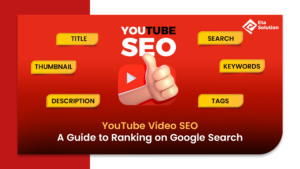
YouTube Video SEO: A Guide to Ranking on Google Search
